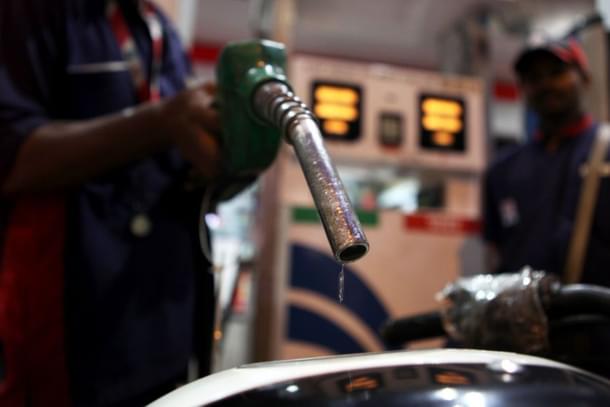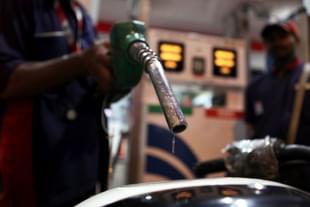Economy
Using Brent Fall For India’s Gain: This Is The Right Time To Build An Oil Price Stabilisation Fund
R Jagannathan
Mar 11, 2020, 11:34 AM | Updated 11:32 AM IST
Save & read from anywhere!
Bookmark stories for easy access on any device or the Swarajya app.


When commodity prices crash, India has an upside. As a country that imports over 80 per cent of its crude oil, policy choices open up as pressures on the current account ease. In 2014, when oil prices crashed, the Narendra Modi government rightly used the fall to shore up central finances and reduce the fiscal deficit.
This time, if Brent crude prices stay below $40-$50 a barrel for an extended period of time, India needs a more nuanced strategy. Some of the things that India can do to benefit from this windfall have been outlined in Mint by V Anantha Nageswaran and Karan Bhasin. These are great ideas.
However, raising oil taxes to fund what anyway needs to be done – help the telecom sector, clear the dues of small businesses, etc – is not enough. The bonanza, in my view, should be used primarily to fix our perennial problems in this sector, where we are hugely vulnerable to what happens in OPEC, China or America.
Our three priorities should be the following:
First, the bulk of the extra revenues raised through customs or additional excise duty should be retained by the government. Only a small portion, say about 20 per cent, should go back to consumers. The reason for being niggardly with consumers is that we need to keep energy prices reasonably high in order to keep consumption growth down. Without high pump prices, the adoption rate of renewable sources of energy will be slower. If consumers start using more fossil fuels because it is going cheap, India will lose.
Second, this is the best time to build an oil price stabilisation fund. The idea is to build a revenue buffer that goes into a separate account which can then be drawn down in case oil prices rise steeply.
It is not possible to quickly adjust pump prices if crude suddenly flares up from $40 a barrel to $80. Some 40 per cent of the oil revenue bonanza should thus go into a price stabilisation account, as long as Brent stays under $80. Once it crosses $80, some of the money accumulated can be used to moderately subsidise petro-goods prices (say, upto half the rise in international prices) so that the transition to higher consumer prices is smoother. The size of this stablisation fund can vary from time to time, but it is important to create this fund purely for political reasons.
India currently does not allow full market determination of petro-fuel prices precisely because it is politically sensitive. This is why a stabilisation fund is vital. Once the country feels confident enough to allow market forces full play, the fund can be wound down. The fund is essentially a political safety-valve, even if its economic costs can be high when oil prices are low.
Third, the remaining 40 per cent of revenues raised from higher petro-taxes can be used to shore up the fisc.
But even with these additional revenues coming in, in 2020-21 at least, the fiscal deficit should not be seen as a hard target that must be complied with at any cost. The costs of a decelerating economy are higher than the limited costs of higher inflation.
The underlying logic of raising more revenues from oil needs emphasis (read here). These serve as carbon taxes to discourage excessive use of depleting fossil fuel resources. Remember, most of our oil comes from unstable countries in West Asia, which often fund Islamic extremism. It does not make sense to make them richer and more willing to fund violent groups elsewhere, including India.
Jagannathan is former Editorial Director, Swarajya. He tweets at @TheJaggi.





